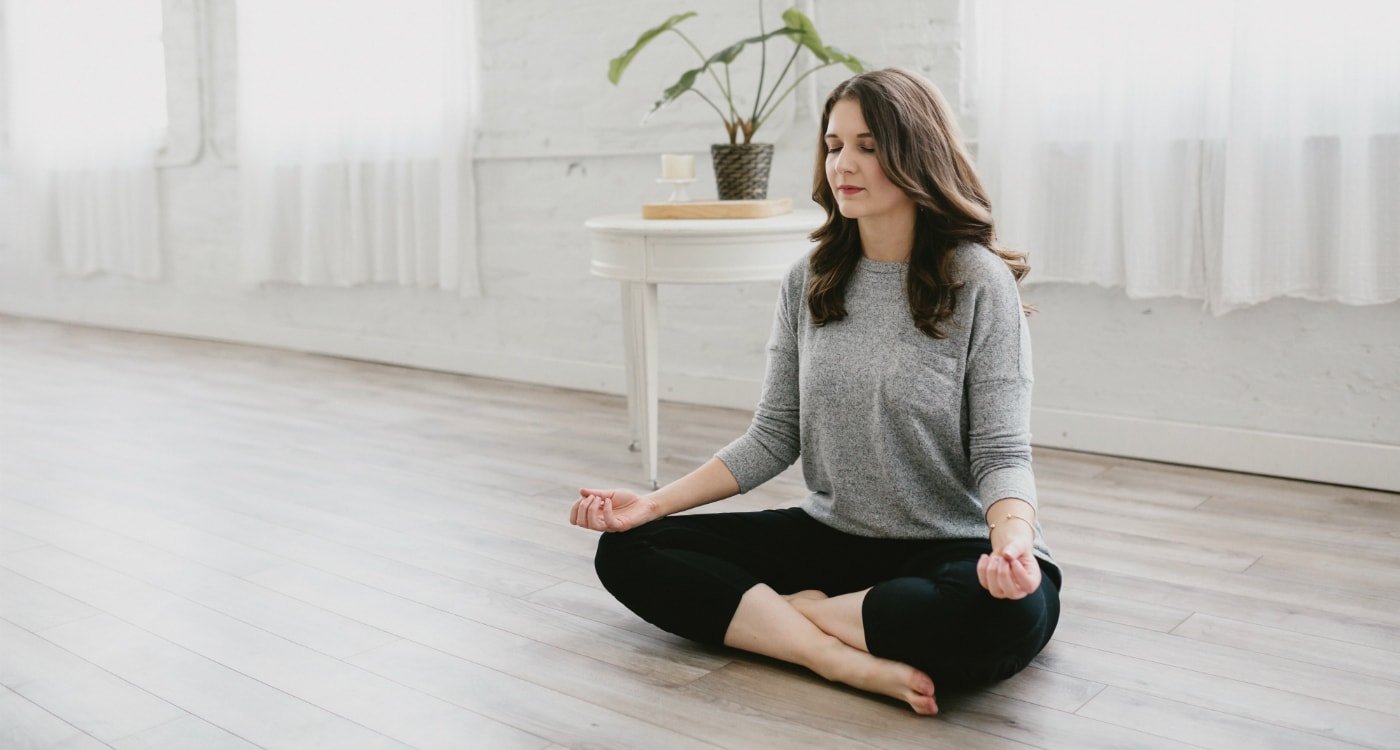
In today’s fast-paced world, mindfulness has become more than just a buzzword—it’s a powerful tool for reducing stress, improving focus, and cultivating a deeper connection to the present moment. Whether you're looking to feel more grounded, manage anxiety, or simply live with more awareness, mindfulness can offer lasting benefits.
If you’re new to the practice, this beginner-friendly guide will walk you through what mindfulness is, why it matters, and how you can start incorporating it into your daily life in practical and meaningful ways.
What Is Mindfulness?
At its core, mindfulness means being fully present and engaged in the current moment—without judgment. It's about noticing your thoughts, feelings, bodily sensations, and environment as they are, rather than how you wish they were or fear they might be.
Mindfulness is not about clearing your mind or avoiding thoughts. Instead, it’s about becoming aware of them, acknowledging them, and gently guiding your focus back to the here and now.
Why Practice Mindfulness?
Mindfulness isn’t just a feel-good concept—it’s supported by a growing body of scientific research. Regular mindfulness practice has been shown to:
- Reduce stress and anxiety
- Improve concentration and focus
- Enhance emotional regulation
- Increase self-awareness
- Support better sleep
- Promote overall well-being
The beauty of mindfulness is that it’s accessible to everyone. You don’t need special tools or training—you just need a willingness to pay attention.
How to Start Practicing Mindfulness
1. Start with Your Breath
Your breath is a powerful anchor to the present moment. Focusing on your breathing is one of the simplest ways to practice mindfulness.
Try this:
- Sit comfortably and close your eyes.
- Breathe in slowly through your nose, then out through your mouth.
- Focus on the sensation of air moving in and out of your body.
- If your mind wanders (and it will), gently bring your attention back to your breath.
Start with just 2–5 minutes a day and gradually increase the time as you feel more comfortable.
2. Practice Body Scan Meditation
A body scan helps you tune into physical sensations and release tension.
Try this:
- Lie down or sit comfortably.
- Bring your attention to the top of your head and slowly move downward.
- Notice any areas of tension, pain, or relaxation—without trying to change anything.
- Breathe into each area as you go, simply observing.
This practice can help you reconnect with your body and ground yourself in the moment.
3. Use Mindfulness in Everyday Tasks
Mindfulness isn’t limited to meditation. You can bring awareness to simple daily tasks like:
- Eating: Savor each bite, chew slowly, and notice textures and flavors.
- Walking: Feel your feet touch the ground, observe your surroundings, and sync your breath with your steps.
- Cleaning: Focus on the movement of your hands, the smell of soap, or the feel of water.
These moments are opportunities to pause and reconnect with the present.
4. Notice Your Thoughts Without Judgment
Many beginners believe that mindfulness means having a completely still mind. In reality, mindfulness is about noticing your thoughts, not eliminating them.
When thoughts arise:
- Acknowledge them ("I’m thinking about dinner tonight.")
- Let them pass like clouds in the sky.
- Gently return your attention to your breath or current activity.
This builds awareness and helps you avoid being swept up in reactive thinking.
5. Try Guided Mindfulness Meditations
If sitting in silence feels intimidating, start with a guided meditation. Apps like Headspace, Calm, Insight Timer, and YouTube offer free mindfulness meditations for beginners.
Look for short sessions (5–10 minutes) focused on breath, body awareness, or gratitude.
6. Create a Daily Mindfulness Habit
The key to developing mindfulness is consistency. It doesn’t have to be long—just regular.
Tips to stay consistent:
- Set a daily reminder or calendar alert.
- Attach your mindfulness practice to an existing habit (e.g., after brushing your teeth).
- Keep a mindfulness journal to reflect on your experiences.
Even one mindful minute can make a difference when practiced daily.
Common Challenges for Beginners (and How to Overcome Them)
“I can’t stop thinking.”
That’s okay. The goal isn’t to stop thoughts, but to become aware of them. Over time, you’ll learn to observe without getting caught up in every mental distraction.
“I don’t have time.”
Mindfulness doesn’t require an hour-long session. Start with just one minute of mindful breathing during your lunch break or while waiting in line.
“I’m not good at this.”
There’s no such thing as being “good” at mindfulness. It’s a practice, not a performance. Showing up with intention is enough.
“It’s boring.”
That feeling is also something to notice. Sit with the boredom and explore it—this curiosity is a key part of mindfulness.
Simple Mindfulness Practices to Try Today
- Mindful Morning: Start your day by sitting in silence for 2 minutes, focusing on your breath before reaching for your phone.
- Gratitude Check-In: Each night, write down 3 things you’re grateful for from your day.
- Mindful Pause: Take a deep breath before responding to a stressful email or conversation.
- Five Senses Exercise: Pause and name 1 thing you can see, hear, feel, smell, and taste. It brings you back to the now.
Final Thoughts
Mindfulness is not about perfection—it’s about presence. It’s the art of slowing down, tuning in, and making space for stillness and clarity amid life’s chaos. With just a few minutes a day, you can begin to shift your relationship with stress, emotion, and thought.
Start small. Be gentle with yourself. And most importantly, stay curious. The journey to a more mindful life begins with a single, intentional breath.